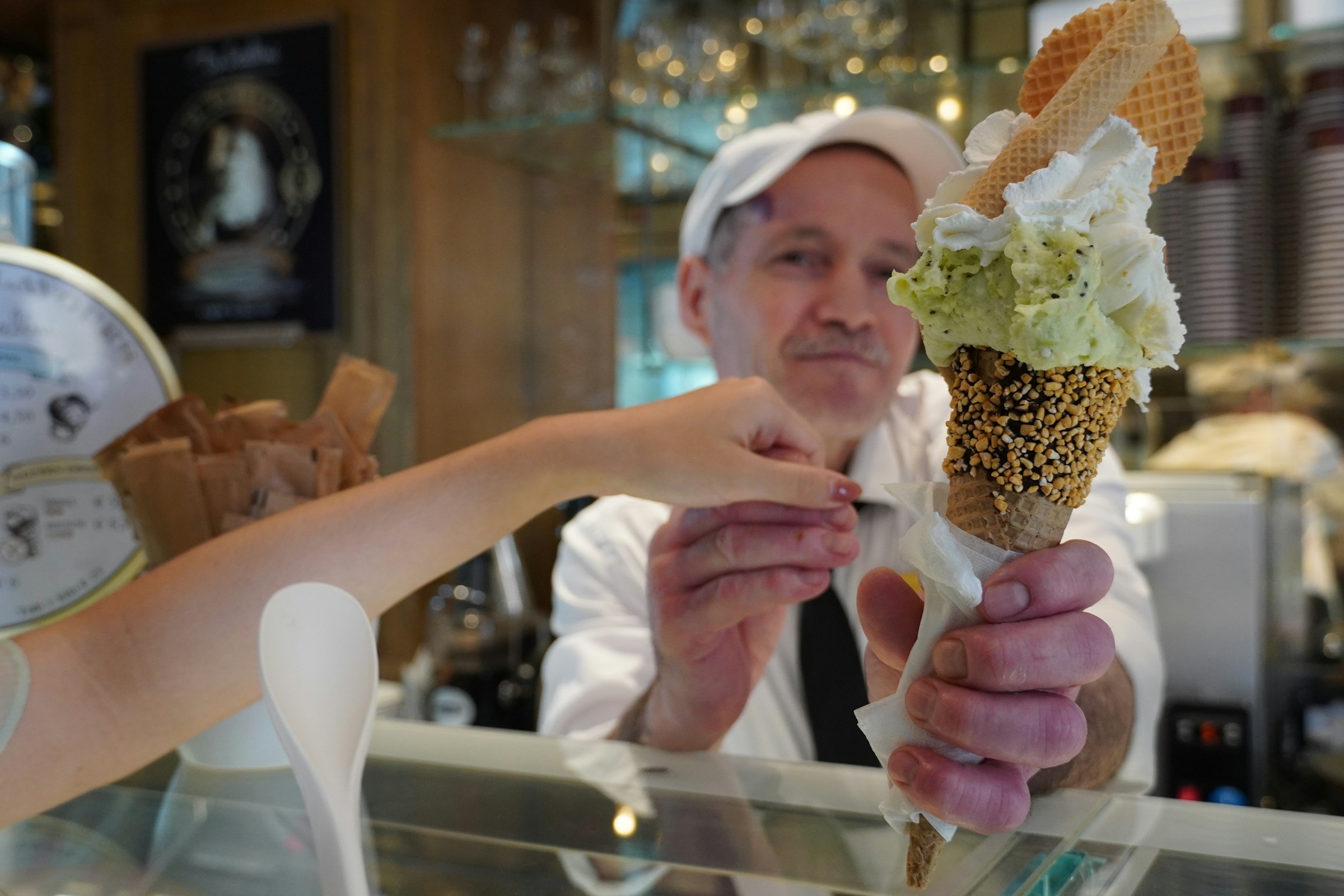Step into your favorite restaurant. What do you smell? Is it the savory aroma of sizzling steak? The mouthwatering fragrance of fresh-baked bread? Or perhaps the tantalizing scent of oven-roasted garlic? These aren’t just incidental smells – they’re an essential part of the entire dining experience. In fact, they are a core element of a strategy known as scent marketing. This article will explore the use of scent marketing in the restaurant industry, offering insights into how it can be effectively utilized to enhance dining experiences.
The Power of Scent Marketing
Before we delve into how scent marketing can be applied in a restaurant setting, let’s first understand its concept. Essentially, scent marketing is a tactic that uses pleasant and relevant aromas to influence customers’ behavior and perception towards a brand or a product. It’s a strategy that, when used correctly, can stimulate appetite, create a memorable dining experience, and ultimately, boost sales.
Have you seen this : What are the most effective ways to train staff on multicultural etiquette in an international hotel restaurant?
Research shows that our sense of smell is directly linked to the parts of the brain that process emotion and memory. This means that a certain scent can trigger powerful emotional responses and create lasting memories. Therefore, a well-chosen aroma can make a restaurant more unforgettable and appealing to customers, leading them to associate the restaurant with positive experiences and emotions.
Choosing the Right Scent
The first step in creating an effective scent marketing strategy for a restaurant is choosing the right aroma. This may seem straightforward, but it’s not just about picking a pleasant smell – it’s about choosing a scent that aligns with the restaurant’s brand, image, and menu.
Have you seen this : How should you approach the redesign of a historical pub to preserve its character while updating its facilities?
A restaurant that specializes in seafood, for instance, might opt for a fresh, oceanic scent. A bakery, on the other hand, would likely benefit from the smell of freshly baked bread or sweet pastries. Likewise, an upscale steakhouse might choose a rich, smoky aroma to set the mood.
It’s also important to consider the intensity of the scent. A too-strong aroma can be overpowering and off-putting, but a too-subtle scent may not make the desired impact. Striking the right balance is key for creating a pleasant and memorable dining environment.
Harnessing the Power of Seasonality
Seasons, holidays, and special events can present excellent opportunities for scent marketing. These occasions offer an ideal chance to introduce new scents that fit the theme and evoke the spirit of the season or event.
For example, during the holidays, a restaurant might use the scent of cinnamon and cloves to create a warm, festive atmosphere. On Valentine’s Day, the aroma of chocolate or roses might be used to set a romantic mood. By harnessing the power of seasonality, restaurants can create dynamic, engaging scent experiences that keep customers coming back for more.
Integrating Scent with Other Sensory Experiences
While scent is a powerful marketing tool on its own, it becomes even more effective when integrated with other sensory experiences. This means harmonizing the chosen aroma with the visual aesthetics, sounds, and tastes that define the restaurant.
For instance, a restaurant with a rustic, country theme might pair the visual elements of wooden tables and vintage decor with the scent of freshly baked apple pie or smoky barbecue. A high-end, modern restaurant might pair sleek, minimalist design with the subtle aroma of truffle or fine wine.
Measuring the Success of a Scent Marketing Campaign
One of the challenges of scent marketing is measuring its success. Unlike other forms of marketing where metrics like clicks, likes, and sales can be easily tracked, the impact of a scent marketing strategy can be a bit more elusive.
However, there are still ways to gauge its effectiveness. Surveys and customer feedback can provide valuable insights. If customers comment on the pleasant aroma or if they seem to linger longer, these are good indicators that the scent marketing strategy is working.
Also, restaurants can monitor customer return rates and average spending before and after implementing the scent marketing campaign. An increase in these areas may suggest that the scent has positively influenced customer behavior.
While scent marketing may not be as quantifiable as other marketing strategies, its power lies in its subtlety and ability to create a unique, multisensory dining experience. By selecting the right scent, harnessing the power of seasonality, integrating scent with other sensory experiences, and measuring its success, restaurants can effectively use scent marketing to enhance dining experiences and boost their bottom line.
Managing Expectations with Scent Marketing
To successfully utilize scent marketing, managing customer expectations is vital. A restaurant’s aroma should accurately represent the food and overall atmosphere it offers. Smelling one thing but experiencing something different can leave customers feeling disconnected and dissatisfied, which could negatively impact return visits.
For a restaurant that offers exotic cuisine, an aroma that reflects the country or region of the food can create a more immersive dining experience. For example, a Thai restaurant might use lemongrass or coconut scents to evoke a sense of Southeast Asia. Similarly, an Italian restaurant might use the scent of basil, garlic, or fresh-baked bread to create an authentic Italian ambiance.
The scent should also align with the restaurant’s price range. Patrons at an upscale restaurant may expect a more refined aroma, like that of truffle or wine, whereas customers at a fast-food restaurant might expect the smell of fried food or grilled burgers. It’s all about creating a scent that matches not just the food, but the entire dining experience.
Remember, the aim is not just to attract customers, but to make them stay and enjoy. A scent that is overwhelming or does not match the cuisine may drive customers away. Continual experimentation and feedback collection can help to find the perfect aroma that enhances a customer’s dining experience.
Conclusion: Transforming Dining Experiences Through Scent Marketing
In the ever-competitive restaurant industry, creating memorable and enjoyable dining experiences is more important than ever. While menu selection, service quality, and venue aesthetics surely play crucial roles, the subtle power of scent marketing cannot be overlooked.
The aroma in a restaurant sets the stage for a customer’s dining experience. It extends beyond just the smell of the food being served; it defines the ambiance, stimulates appetites, and creates lasting memories. It’s a powerful tool that can make a restaurant stand out from the rest.
Scent marketing is more than just choosing a pleasant smell; it is about selecting an aroma that aligns with the restaurant’s brand, image, and menu. By harnessing the power of seasonality, integrating scent with other sensory experiences, and managing customer expectations, restaurants can transform dining experiences and keep customers coming back for more.
While measuring the success of a scent marketing strategy can be elusive, it is not impossible. Positive customer feedback, higher return rates, and increased average spending can indicate a successful scent marketing campaign.
In conclusion, scent marketing offers a unique way for restaurants to enhance dining experiences. It’s a subtle, yet powerful tool that can create a memorable, multisensory experience for customers, ultimately boosting a restaurant’s bottom line.






